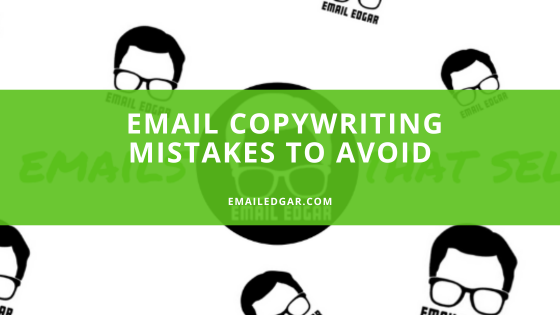Ignoring Personalisation
Let’s face it, nobody likes to feel like just another name on a list. When you send emails without any personalisation, it screams “generic” and goes straight to the trash. Use the recipient’s name, reference previous interactions, or mention how your product can solve their specific problems. Personalisation makes your email feel like a conversation rather than a sales pitch.
Overly Complex Language
Shakespeare was a genius—no doubt. But your emails don’t need to be a sonnet. Avoid jargon and complex language that might confuse or disconnect your reader. Keep it simple, straightforward, and easy to understand. Remember, your goal is to communicate, not to impress with your vocabulary.
Lack of a Clear Call-to-Action
Ever wandered aimlessly through a store because you didn’t know where to go? That’s what it’s like reading an email without a clear call-to-action (CTA). Be specific about what you want your reader to do next. Whether it’s clicking a link, making a call, or buying a product, a strong CTA can drastically improve your conversion rates.
Not Testing Your Emails
Imagine sending an email to thousands of people only to find out the link doesn’t work, or it looks terrible on mobile devices. A nightmare, right? Always test your emails before hitting send. Use A/B testing for different subject lines, formats, and CTAs to see what works best for your audience. Trust me, your future self will thank you.
Ignoring Mobile Users
If your email isn’t mobile-friendly, you’re alienating a significant chunk of your readers. Most people check their emails on their phones these days. Ensure your emails are responsive and look great on all devices. It’s essential for making a strong impression and keeping readers engaged.
Overloading with Information
We’ve all seen “War and Peace” sized emails in our inbox, and let’s be honest, they’re overwhelming. Stick to one primary message per email. If you have multiple points to cover, consider sending a series of emails. Keep your content concise and to the point.
Neglecting the Subject Line
The subject line is your first impression. If it’s boring or vague, no one’s clicking. Make it intriguing, but also relevant to the content inside. Think of it as the trailer to a movie—give your audience a taste, but leave them wanting more.
Being Too Pushy
Nobody wants a used car salesman experience in their inbox. While it’s okay to promote your products or services, doing so in every single email can be a turn-off. Mix in valuable content that answers questions, offers tips, or genuinely helps your reader. Striking the right balance will make your readers more likely to stick around.
Ignoring Analytics
If you’re not paying attention to email analytics, you’re flying blind. Open rates, click-through rates, and conversion rates provide valuable insights into what’s working and what’s not. Use this data to continually refine your strategy and improve your results. It’s like having a GPS for your email marketing journey.
Forgetting to Proofread
Typos and grammatical errors can make you seem unprofessional. Always proofread your emails before sending them out. Better yet, have someone else take a look. A fresh pair of eyes can catch mistakes you might miss.
Not Segmenting Your Audience
Sending the same email to every subscriber is a missed opportunity. Segment your audience based on demographics, purchase history, or engagement levels. Tailor your messages to fit each group. This targeted approach can significantly boost your engagement and conversion rates.
Focusing Only on Sales
If every email is a sales pitch, your readers will lose interest fast. Provide value. Share stories, tips, and insights that your audience will find useful. You want to build a relationship, not just a transaction. Think of it as planting seeds for long-term growth rather than hunting for a quick kill.
Not Building a Relationship
Email isn’t just a tool for making sales; it’s for building relationships. Engage with your readers by asking questions, encouraging feedback, and showing gratitude. Make them feel valued and heard. When people feel a connection, they’re more likely to become loyal customers.
Avoid these common pitfalls, and you’ll be well on your way to crafting emails that aren’t just read but also acted upon. Here’s to better emails and more engaged readers!

